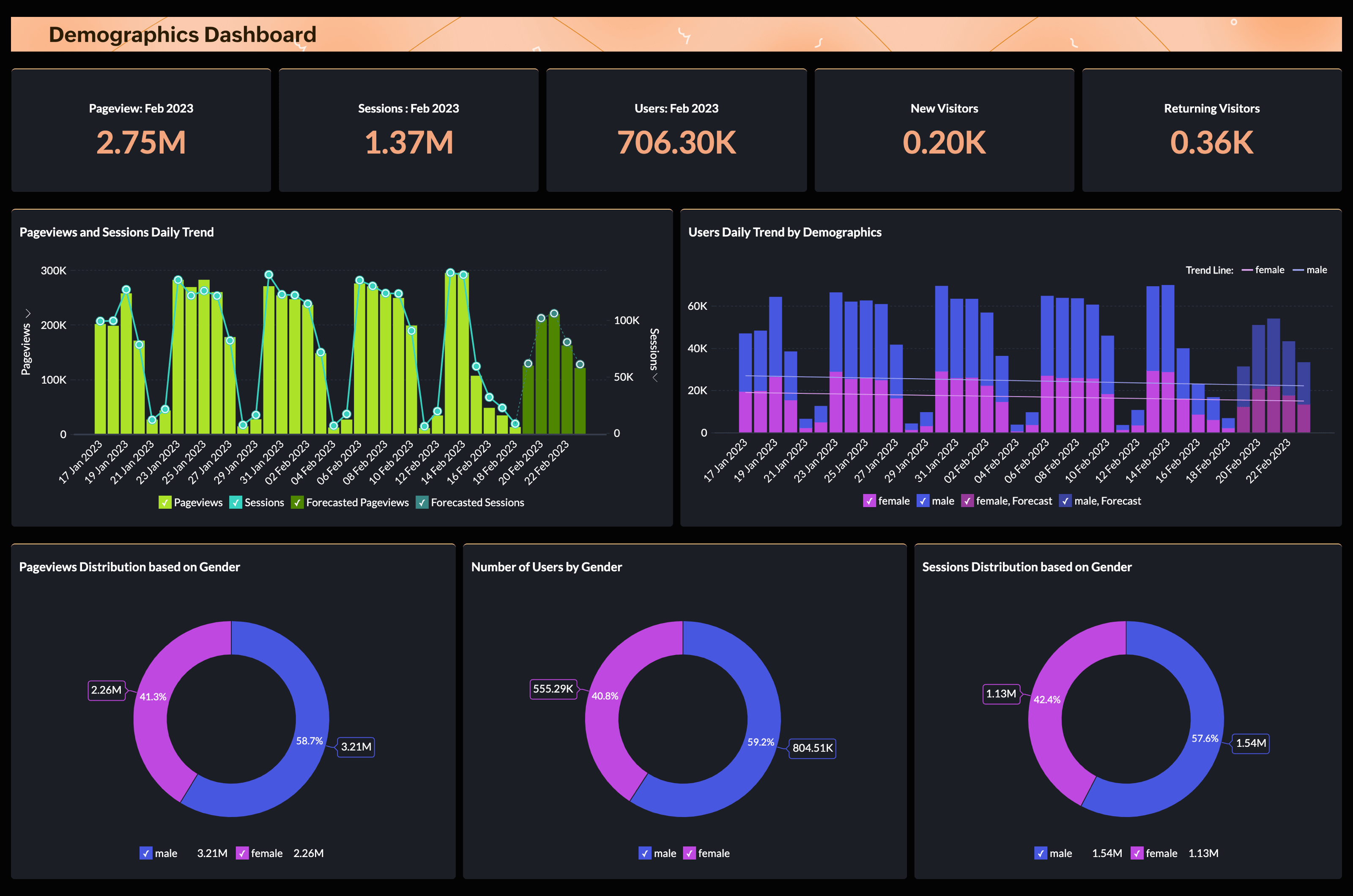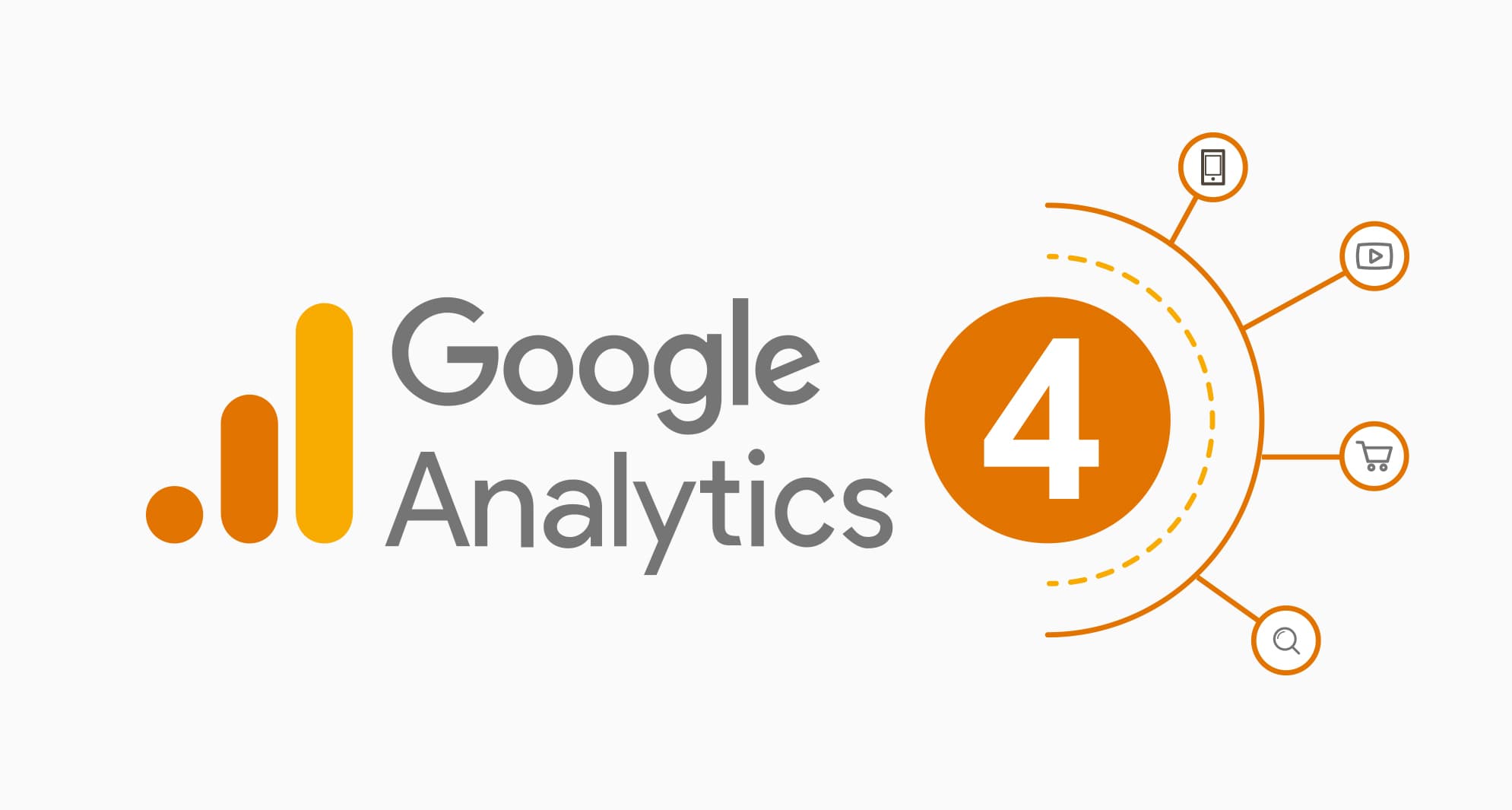Discover When Does the Google Analytics Tracking Code Send an Event Hit to Analytics and Why It Issues
Discover When Does the Google Analytics Tracking Code Send an Event Hit to Analytics and Why It Issues
Blog Article
Enhance Your SEO Method With Effective Google Analytics Tracking Code
Incorporating Google Analytics tracking code into your Search engine optimization approach is an essential step towards attaining measurable results. What certain approaches can you adopt to take full advantage of the effect of this information on your Search engine optimization initiatives?

Comprehending Google Analytics Basics
To properly take advantage of Google Analytics for SEO, it is vital to comprehend its foundational ideas. Google Analytics acts as an effective tool for monitoring and analyzing internet site traffic, supplying insights that are important for optimizing internet search engine performance. At its core, the system enables customers to monitor individual actions, web traffic resources, and essential efficiency indicators (KPIs) such as bounce rates and session periods.
Familiarity with the individual interface is vital. Secret areas consist of the Audience, Purchase, and Actions tabs, each providing useful information. The Audience section supplies group insights, assisting to customize web content to target users efficiently. The Purchase tab discloses how visitors show up at the website, whether via natural search, paid ads, or social media, assisting critical changes in marketing efforts.
Comprehending metrics such as natural web traffic quantities and conversion prices is crucial for assessing SEO efficiency. Eventually, grasping these fundamentals permits digital marketing experts to harness the full possibility of Google Analytics, driving educated decisions that enhance general search engine optimization strategies. By developing a solid foundation, companies can efficiently evaluate their performance and identify opportunities for renovation in their on-line existence.
Setting Up Tracking Code
Properly establishing up the monitoring code is critical for accurate information collection in Google Analytics. The initial step involves creating a Google Analytics account and property, where you will certainly get a distinct monitoring ID. This ID is crucial for connecting your site's information to your Google Analytics account.
When you have your tracking ID, incorporate the tracking code snippet right into your site's HTML. This is typically positioned in the header section of each web page to ensure it loads early in the web page rendering procedure. If you're utilizing a Web content Administration System (CMS) like WordPress, many plugins streamline this process, permitting you to add the monitoring code without direct HTML editing and enhancing.
After executing the monitoring code, it is crucial to test its performance. If the monitoring code is correctly mounted and functioning, you can utilize the Google Tag Aide tool to validate. Additionally, keep an eye on the real-time coverage feature in Google Analytics to validate that data is being gathered appropriately.
Ensuring that the tracking code is effectively set up lays the structure for reliable data analysis, allowing you to make enlightened decisions to improve your search engine optimization approach and overall web site efficiency.
Trick Metrics to Monitor
Determining vital metrics to monitor is vital for recognizing the performance of your SEO technique with Google Analytics. By focusing on particular information points, you can gauge the effect of your optimization initiatives and make informed decisions to boost performance.
One of the primary metrics to track is organic web traffic, which suggests the variety of site visitors coming to your website via search engines. This metric reflects the overall health of your SEO technique. Next, keep track of the bounce rate, which reveals the portion of site visitors who leave your site after seeing only one page. A high bounce rate may signify that your web content is not fulfilling customer assumptions or that your touchdown web pages need improvement.
Furthermore, think about tracking conversion rates, as these metrics reveal just how well your website fulfills its business purposes, such as creating leads or sales. Key phrase rankings are additionally critical; tracking changes in keyword positions aids assess the effectiveness of your targeted search engine optimization efforts. Finally, analyze the typical session duration, which suggests user involvement and material relevance. By very closely complying with these key metrics, you can get important understandings into your search engine optimization method's performance and determine areas for renovation.
Studying User Actions
Understanding individual habits is critical for fine-tuning your SEO method and making best use of website performance. when does the google analytics tracking code send an event hit to analytics?. By examining how visitors communicate with continue reading this your internet site, you can uncover useful understandings that inform your content and style choices. Google Analytics provides a wealth of data on individual involvement metrics, such as bounce prices, time on website, and page views per session. These metrics help determine which web pages reverberate with your target market and which might call for optimization.
In addition, tracking customer circulation can disclose usual navigating paths, highlighting prospective bottlenecks or areas for improvement. Understanding the demographics, interests, and geographical areas of your site visitors permits even more tips here more customized material that speaks with their needs. Utilizing division attributes in Google Analytics additionally improves your ability to analyze user actions by enabling you to compare different target market teams.
Furthermore, keeping an eye on conversion rates and user activities can supply insights right into the performance of your phone calls to action and total site design. This all natural view of user actions is necessary for making notified choices that improve user experience and drive greater involvement, inevitably adding to enhanced SEO efficiency.
Leveraging Insights for SEO
Consistently leveraging insights acquired from individual habits analysis can considerably enhance your search engine optimization efforts. By using Google Analytics, you can identify crucial metrics such as bounce rates, session period, and user circulation, which reveal exactly how visitors engage with your content. These insights allow you to determine locations needing enhancement, such as high exit pages or underperforming key words.

Furthermore, tracking organic traffic resources gives clearness on which channels are most effective, permitting you to allocate sources tactically (when does the google analytics tracking code send an event hit to analytics?). By evaluating conversion rates along with web traffic data, you can recognize which web pages drive actual organization outcomes, refining your search engine optimization method even more
Including these understandings into your web content method not only boosts visibility get more yet likewise fosters an extra user-centric method. Inevitably, a data-driven search engine optimization strategy notified by analytics not only improves rankings yet also straightens your objectives with customer expectations, bring about sustained development and involvement.
Final Thought
Efficient implementation of Google Analytics tracking code dramatically enhances a search engine optimization strategy by supplying essential insights right into user habits and website traffic sources. Keeping an eye on crucial metrics such as natural traffic, bounce rates, and conversion rates assists in the identification of improvement areas. In addition, assessing customer demographics and engagement metrics permits an extra targeted content technique. Ultimately, leveraging these insights contributes to fine-tuning SEO efforts, driving even more appropriate website traffic, and boosting total website performance.
Integrating Google Analytics tracking code into your SEO strategy is a crucial action towards accomplishing measurable outcomes. At its core, the system allows users to monitor customer actions, web traffic sources, and key efficiency signs (KPIs) such as bounce rates and session durations.
Understanding customer habits is important for refining your Search engine optimization method and making best use of website performance.Consistently leveraging understandings gotten from user actions analysis can considerably enhance your Search engine optimization efforts.Reliable application of Google Analytics tracking code significantly improves a SEO method by offering critical understandings into individual behavior and web traffic resources.
Report this page